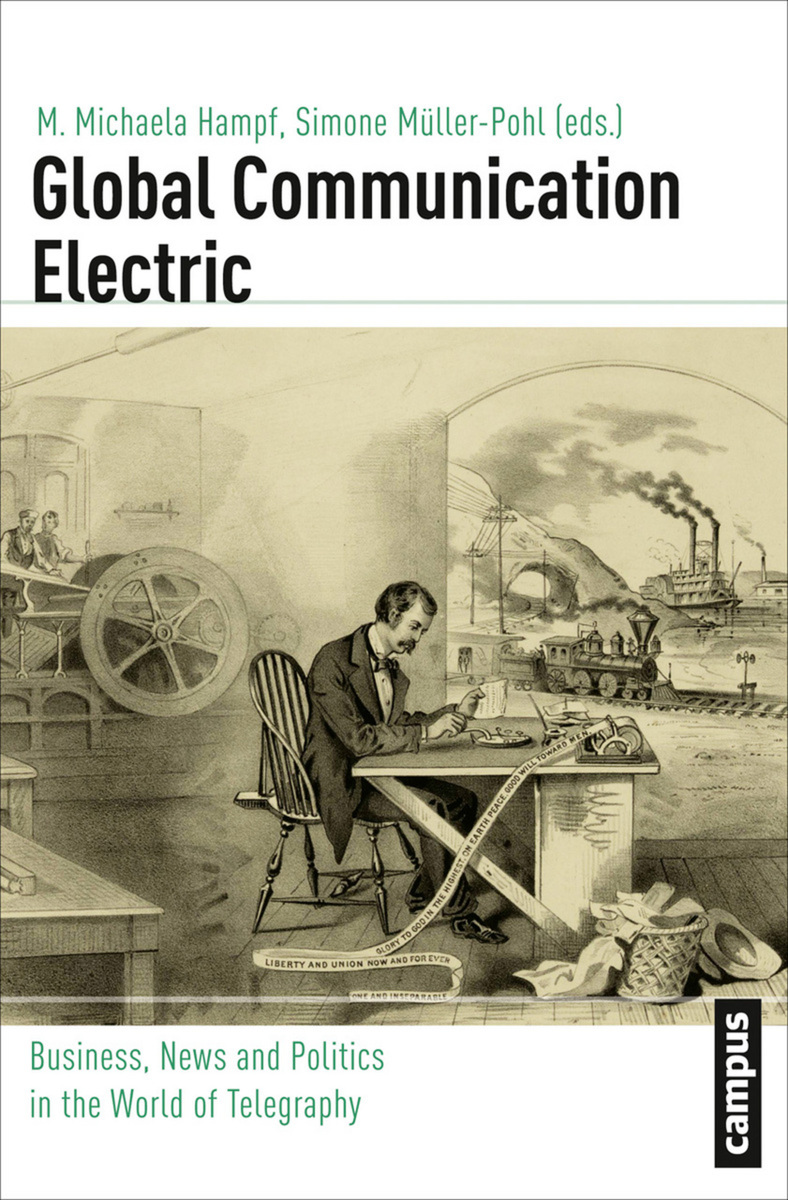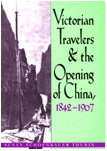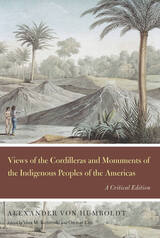Global Communication Electric: Business, News and Politics in the World of Telegraphy
Campus Verlag, 2013
Paper: 978-3-593-39953-9
See other books on: Business | Media Studies | News | Politics | Telegraphy
See other titles from Campus Verlag
Paper: 978-3-593-39953-9
ABOUT THIS BOOK | AUTHOR BIOGRAPHY | REVIEWS
ABOUT THIS BOOK
As catalysts of our present global condition, telegraphs are emblems of modernity. The establishment of a worldwide network of landline and submarine cable connections in the mid-nineteenth century fostered the emergence of new structures and patterns of interaction on a global scale. World politics and a global economy only became possible with the creation of “global communication electric.”
This book examines the emergence of this global media system between 1860 and 1930 in four sections—"Inter|Nationalisms," "Agents|Actors," "Use|News," and "Space|Time"—that aim to broaden and challenge popular conceptions of telegraphy. In exploring the varied uses of telegraphy, real or imagined, Global Communication Electric expands the notion of the telegraph as a globalizing medium: of connection as well as friction; of political, social, and economic entanglement as well as disentanglement; and of crossing as well as creating distance in space and time.
This book examines the emergence of this global media system between 1860 and 1930 in four sections—"Inter|Nationalisms," "Agents|Actors," "Use|News," and "Space|Time"—that aim to broaden and challenge popular conceptions of telegraphy. In exploring the varied uses of telegraphy, real or imagined, Global Communication Electric expands the notion of the telegraph as a globalizing medium: of connection as well as friction; of political, social, and economic entanglement as well as disentanglement; and of crossing as well as creating distance in space and time.
See other books on: Business | Media Studies | News | Politics | Telegraphy
See other titles from Campus Verlag












